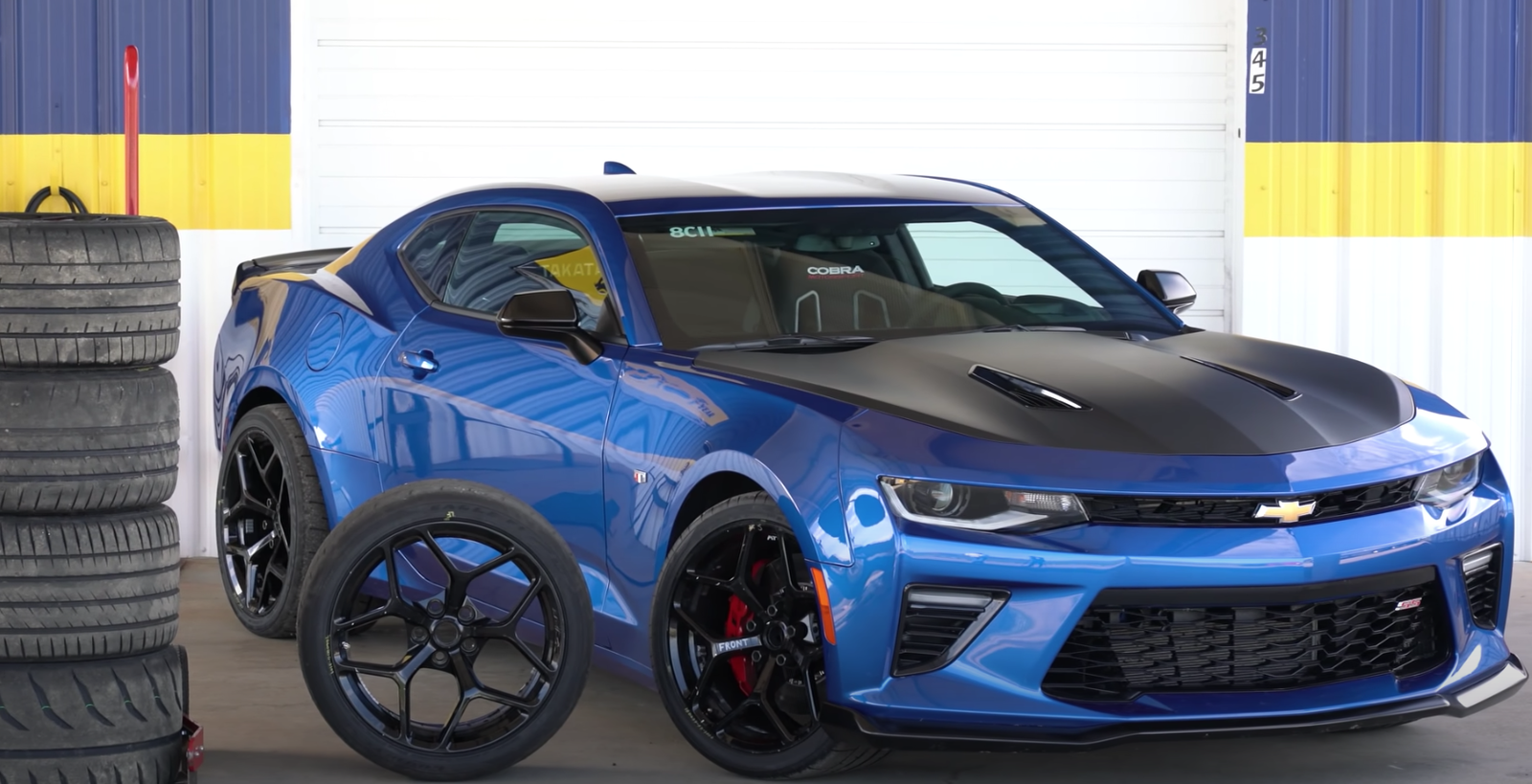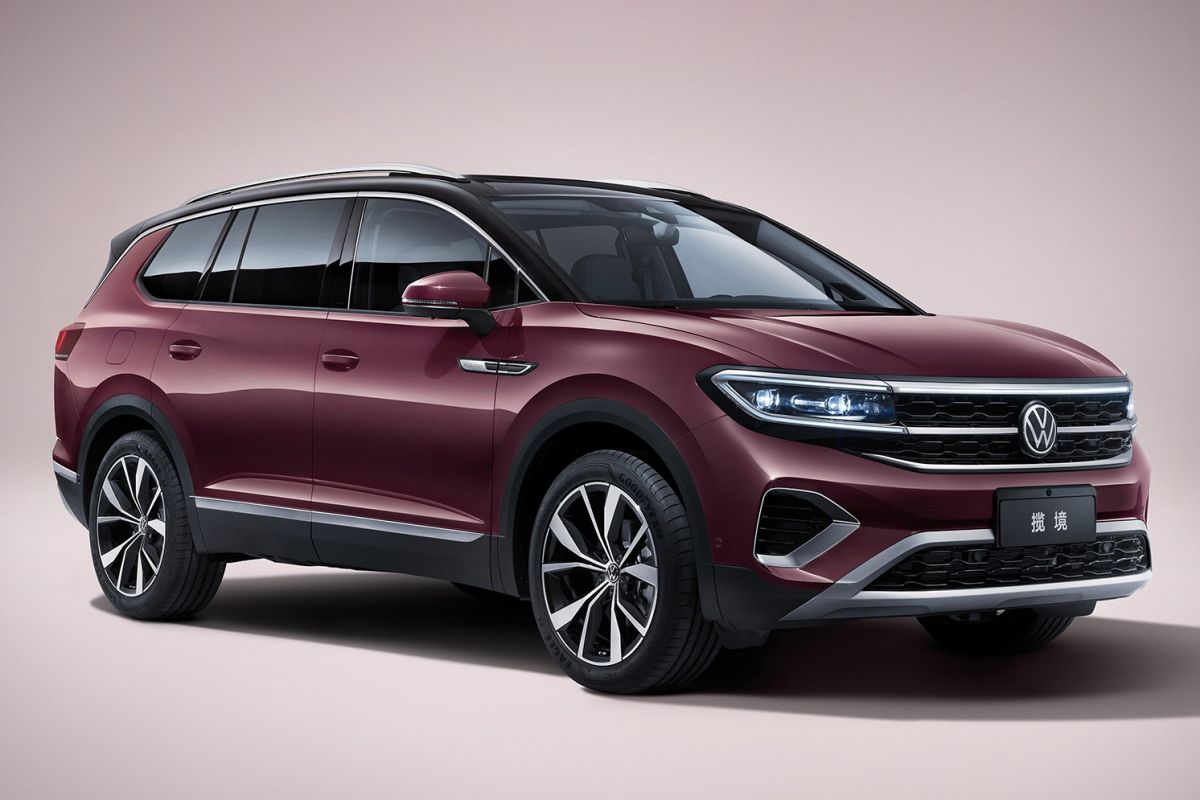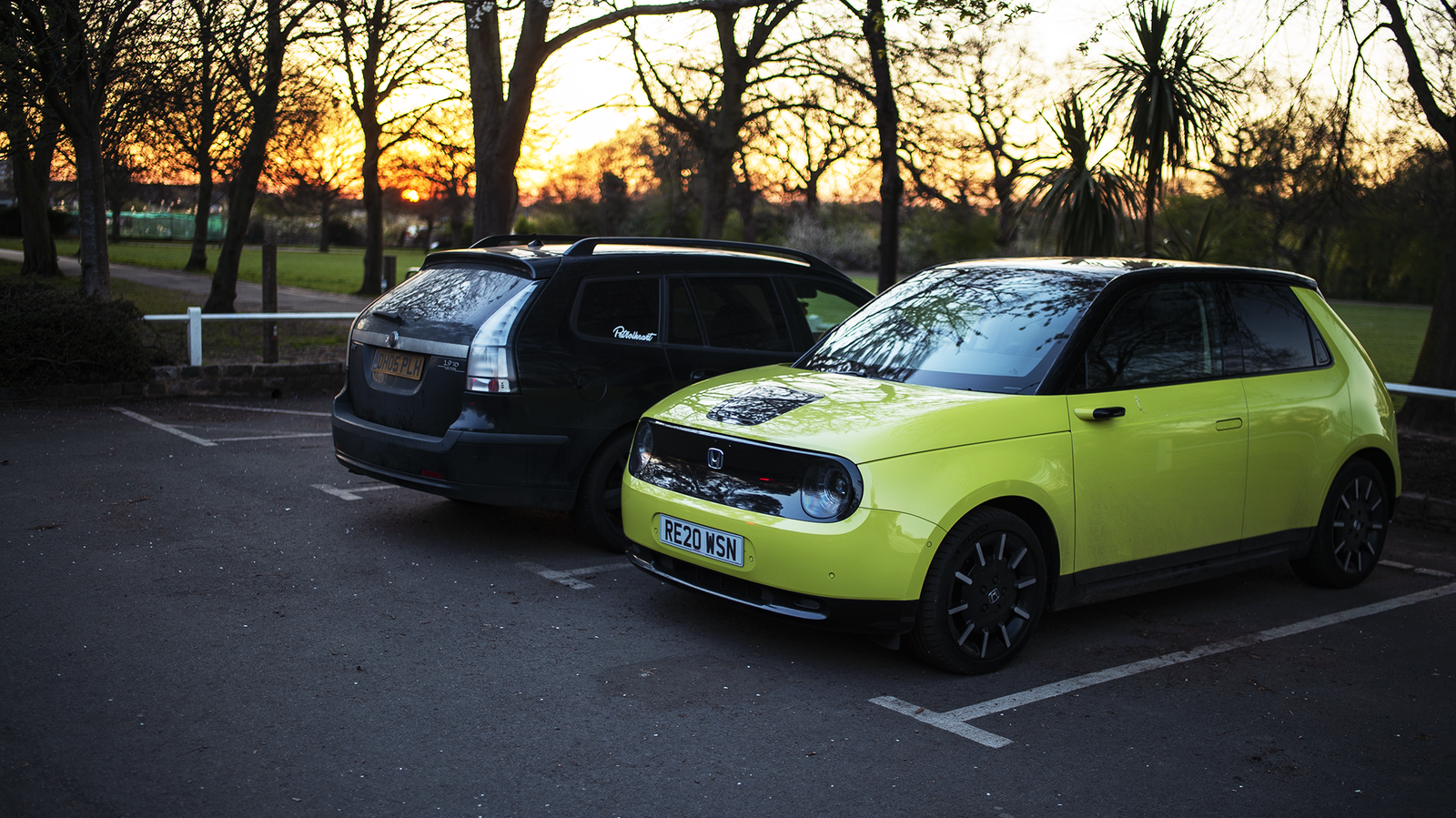Will A Higher Wearing Tyre Always Perform Better?
In the USA, tyres are sold with a three-figure number indicating the tread wear rate. The ‘UTQG’ (Uniform Tire Quality Grading) is what guides a lot of tyre shoppers, but is a lower number always going to provide more grip and traction?
A more track-focused tyre will usually have a lower UTQG number because the compound will be softer and the starting tread depth might be lower. Great for outright performance but in theory, less good for longevity. To see if that’s always the case IRL, Jon Benson of Tyre Reviews took to Nelson Ledges Race Course, Ohio in a sixth-gen Chevrolet Camaro SS 1LE.

The Camaro was shod in Pilot Sport 4S boots (UTQG 300) and Cup 2s (180) from Michelin, the Eagle F1 Supercar 3 (220) and 3R (100) from Goodyear, and finally, “one of the Internet’s favourite tyres,” the Toyo Proxes R888R (100).
As ever in the nuanced tyre world, the test doesn’t go entirely as you’d imagine, although the general trend is indeed that the higher-wearing tyres do perform better. That being said, Benson’s advice is, unless you’re racing, not to get too caught up on the UTQG number. The subjective feeling of the tyre should lead your decision, and when it comes to that, there’s one tyre amongst the five that shines above all the rest. And one tyre that disappoints…



Comments
If I remember clearly, the Alfa Romeo Giulia QV came with stock tires of 60 treadware. A bit unnerving for a street car to have tires soft as toffee and bald by the time you finish a grocery run.